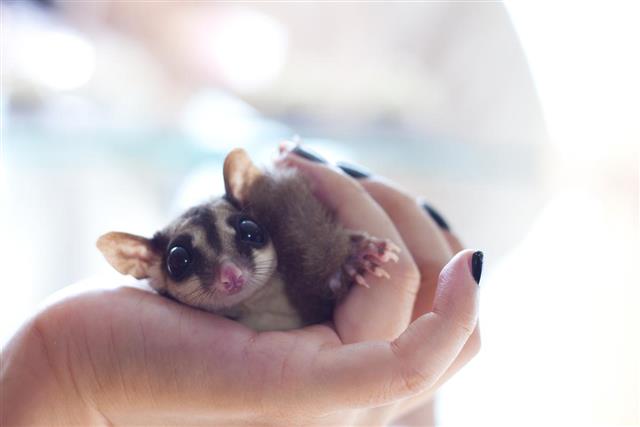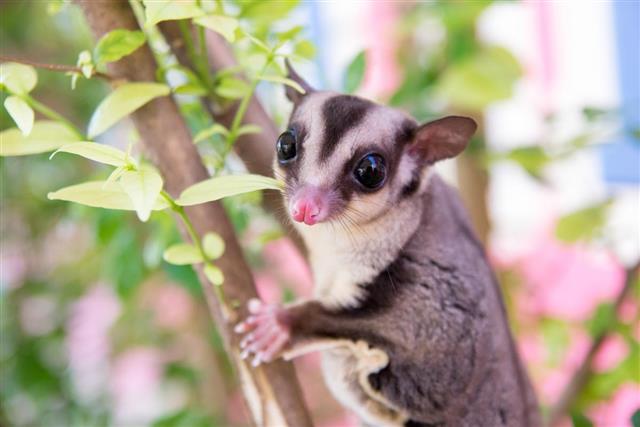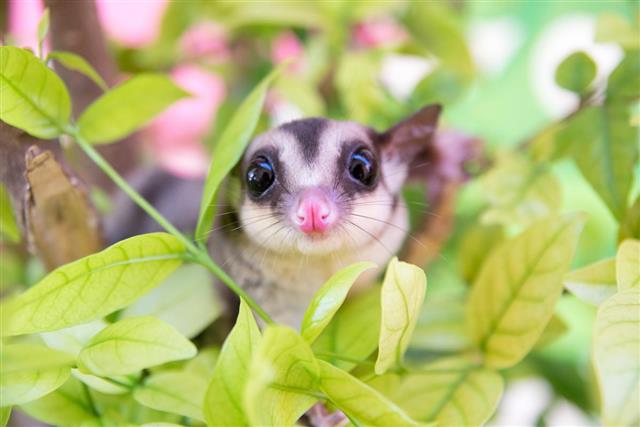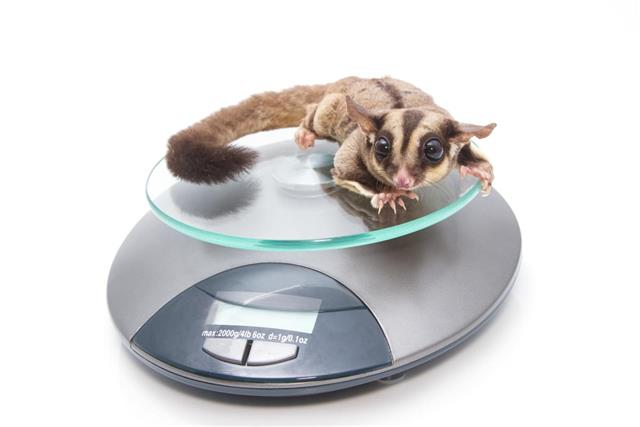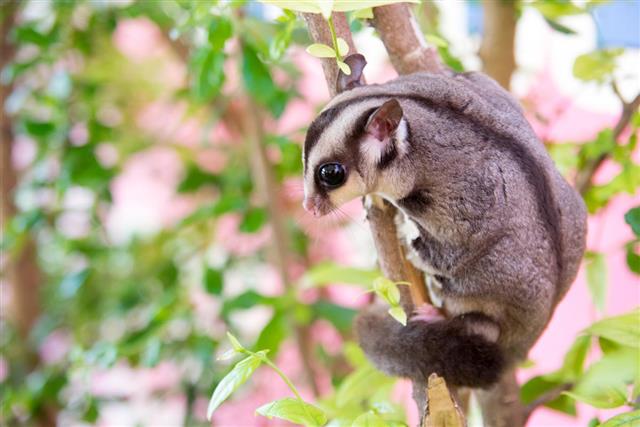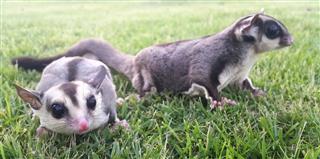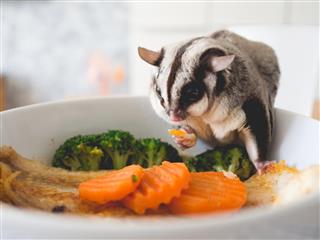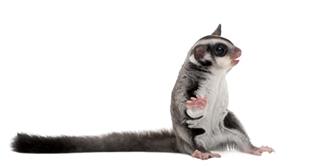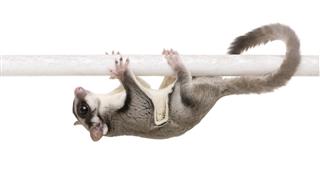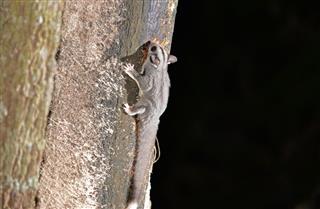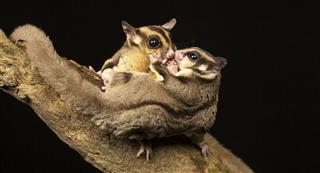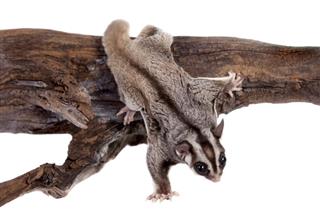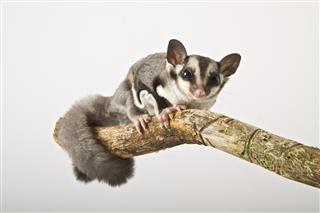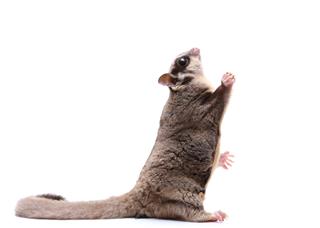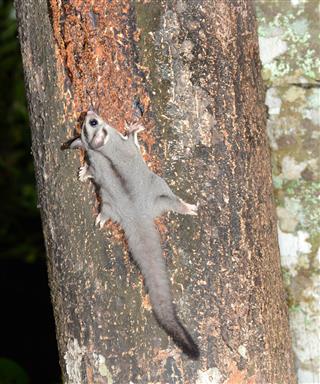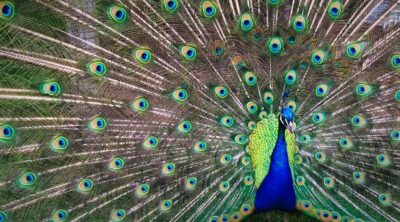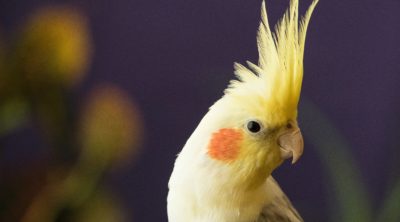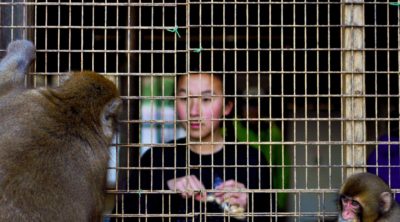
A sugar glider is a pretty looking animal, and many people also have it as their pet. This article will provide you with the top 50 fun facts about sugar gliders. Read on to know some amazing facts about this marsupial!
Sugar gliders are found in Australia, Indonesia, New Guinea and Tasmania. They are very small in size. They are cute looking creatures. Let us learn some fun and interesting facts about them.
Top 50 Sugar Glider Facts
1. They are called sugar gliders because they love eating sugar and they glide from one tree to another.
2. Their weight is only about 4 ounces, even after they have grown as full adults.
3. They can glide over 150 feet.
4. Wild sugar gliders live on trees, and they hardly come on the ground.
5. Like kangaroos, sugar gliders have a pouch where the young one lives.
6. They have large, protruding eyes.
7. Their hands and feet have four fingers each and opposable thumbs.
8. Sugar gliders have fingers that are like sharp hooks, which help them glide and stick.
9. They belong to the Petauridae family.
10. They are 5 to 6 inches long, and the tail is an addition to this length.
11. Their tail itself is around 6 inches long.
12. The color of their tail is usually gray or brown with a black tip.
13. These marsupials have furry membranes which stretch from their wrist to their ankle.
14. They are most active at night.
15. They are very friendly, and hence they bond a lot with their caretakers.
16. Sugar gliders are omnivorous.
17. They are so social that they can even die if deprived of social interaction.
18. They tend to become depressed when their death is near.
19. They can live for 12 to 15 years as pets under someone’s care.
20. They are very clean animals, and hence as pets, they don’t necessitate any complex house cleaning.
21. They have very sharp nails which they use to dig and land.
22. They have sharp teeth too.
23. They are not aggressive, but may use their teeth if they are frightened.
24. Sugar gliders are sometimes too low in calcium and high in phosphorous.
25. They can suffer from paralysis due to the imbalance in calcium and phosphorous.
26. They love being close to their owners, and hence you might find them inside someone’s T-shirt or pocket.
27. They like eating boiled eggs.
28. Many breeders have bred them to a variety of colors.
29. They live in a group of 20 to 40, in the forests.
30. They make nests by lining a hole in the trees.
31. As they love companionship, this animal lives in a group of 7 to 9 in one nest for warmth.
32. A female sugar glider can give birth to 2 or 3 baby gliders at once.
33. In some states, having sugar gliders as pets is illegal.
34. A male sugar glider marks the boundary of his territory by its secreting glands.
35. A female sugar glider breeds from the month of June to January.
36. It needs 16 to 20 days for a baby glider to be born.
37. Sometimes, these possums eat small birds and mammals.
38. At times, they lie on their back and play with a little woolen ball.
39. Sugar gliders bark, chirp, crab and chatter.
40. They love eating fruits and vegetables.
41. Sugar gliders are termed as ‘high maintenance’ pets.
42. Sugar gliders are marsupials.
43. These animals groom themselves up as if they are going to go to meet their friends.
44. They can drink water from water bottles.
45. They love playing with soft toys.
46. Male sugar gliders have a bald spot on their head.
47. A sugar glider spreads its limbs when it lands on a tree.
48. It can actually change the curvature of its membrane while gliding.
49. They mark their nests with urine.
50. Sugar gliders never require bathing, and they have no smell.
I hope you enjoyed reading these facts. As sugar gliders love to play, kids can have a fun time with them. So, if you are thinking of getting one, make sure your kid has read these fun facts about sugar gliders.
